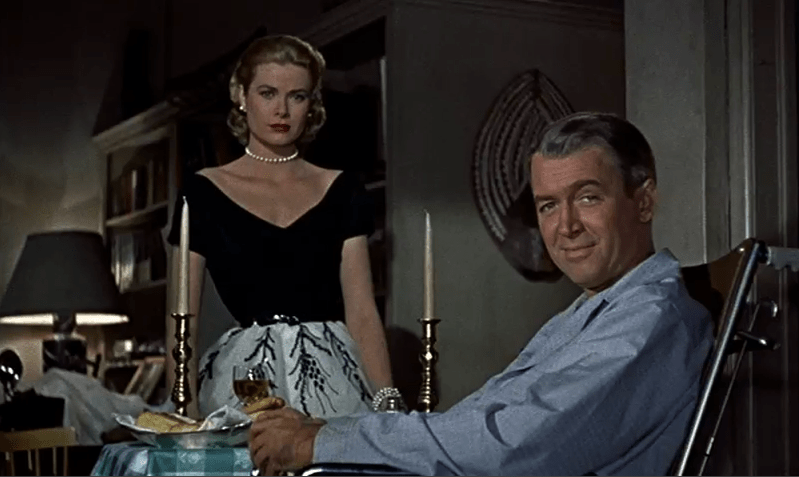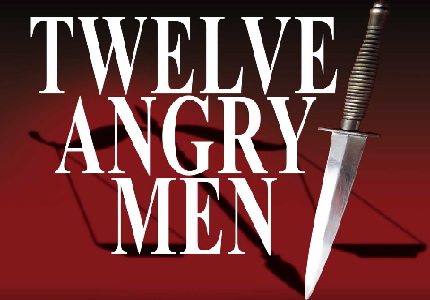For Year 12 Mainstream English Students studying the VCE Curriculum ‘After Darkness’ by Christine Piper, these resources are useful as revision of ‘Legacy and Message of Author’ which is critical for you to include in analytical essays.

‘Historical Amnesia’
The two nations that figure in Piper’s novel, Japan and Australia, were enemies in WWII, yet the ‘war’ is merely a backdrop to the narrative’s ideas. Piper interrogates two cases of ‘historical amnesia’. In Japan, a national reluctance to acknowledge and investigate the cruel testing on live humans of biological weapons by its Army Medical College in China in the 1930’s. In Australia, a silence about internment of ‘enemy aliens’.
Atonement
When dark things have been done in the name of any nation, there is a national decision or choice to be made, either to acknowledge the wrong and reconcile with the victims, a form of atonement or contrition [remorse] that is likely to ‘release’ perpetrators from their sense of guilt. Or to keep silent and pretend that the immoral or unethical actions did not happen. In Germany after WWII there were the Nuremberg trials and a long process of acknowledging the nation’s dark history. However, in Japan there were no such trials, and authorities have been reluctant to acknowledge atrocities. The contradiction between Japanese memory of wartime past is a struggle between forgetting and remembrance, tradition and progression.
National Identity, memory, forgetting merge with individual identity and belonging
The novel questions national identity, memory and forgetting that merge with questions about individual identity and belonging. Piper suggests that this conflicted Japanese war memory is personified in Dr Ibaraki, whose psychological struggle with his conscience, his sense of duty and his memories about his time at the Laboratory in Tokyo echoes Japan’s wider struggle to reconcile its three wartime identities of atomic bomb victim, protector of Asia and cruel aggressor.
National pride and national self-respect
The larger idea here is that there is a difference between national pride and national self-respect. A self-respecting nation can acknowledge cruelty and violence perpetrated in its name, whereas an overdeveloped sense of national identity, national pride taken to extremes of insensitivity, indifference and sometimes contempt for the rights of the people of other states and nations, can generate, intensify and prolong deadly conflict.
Coercive notions of conformity, discretion & secrecy
Piper shows how coercive notions of conformity, discretion and secrecy can intensify and prolong conflict and cruelty, and how these can lead to shame and guilt for the perpetrators and rebellion or depression for the victims. Piper explores, how the bones of Shinjuku are still silent, waiting to reveal their truth. By not investigating the bones by Japanese authorities, is a failure to confront the truth about Japanese history, a denial of the past, a pretence, whereas investigating the bones is an act of coming to terms with the nation’s past, and an act of contrition and honesty.
Conflict of culture between personal feelings and public façade
Piper outlines in her novel the conflict between personal feelings (hone) and public façade (tatemae) which can lead to people being so restrained, reserved and discreet, that they do not have the courage and personal agency to speak up against corrupt superiors, nor to reconcile and forgive. We see this contrast between the Japanese character of Dr Ibaraki who is exhorted [urged] by his superiors in Tokyo to be discreet and to take the secret of the Laboratory “to the grave” so he keeps his inner feelings to himself throughout his time and aims not to bring shame upon his family. But the character of Johnny Chang, a half-caste Australian/Japanese, is a personable character ready to stand up for himself and his mates, with an assertiveness like rebellion, but he is honest and openly challenges the power, corruption and cruelty he sees in wartime Australia and at Loveday.
Piper’s play of light and darkness & the title
Piper’s descriptions of the light and darkness of Australian landscapes convey to the reader her ideas about the moral dilemmas that challenge both nation and individual. Australia’s silence about incarcerating people can be seen in the dead trees “I glimpsed the contours of a wide river, its surface glittering white. Dead trees haunted its edges, their limbs stretching skywards, as if begging for forgiveness (p.3). She also describes the threat of Japan’s moral compromise in “a thick bank of clouds” as an overcast day throws “sombre light on … Kimura’s face” (p.120).
The novel’s title seems to pose the question: What comes after the darkness? Piper implies that the light of truth, honesty, openness, reconciliation and forgiveness comes after the darkness. That to journey from one to the other, we must remember rather than forget, and share ourselves with others rather than withhold ourselves in secrecy or silence.
















